


|
1660 |
The Englishman Samuel Pepys begins writing his famous Diary. His writings throw a great deal of light upon the first nine years of the Restoration period, including The Plague and the Great Fire of London. |
|
1661 |
Robert Boyle, the Irish scientist, publishes his major work, The Sceptical Chymist. A year later he formulates the law of physics (Boyle's Law) concerning the properties of gases.
The Italian physiologist Marcello Malpighi, one of the founders of microscopic anatomy, discovers the capillaries which connect arteries and veins in the circulation of blood.
|
|
1662 |
The Royal Society is established in London to promote scientific learning. One of the oldest scientific bodies in Europe, Wren and Boyle are among its first members.
The Trappist Order of monks and nuns, known for its harsh rules, is founded at La Trappe monastery near Seez in Normandy, France, by the Cistercian abbot Armand de Rance.
|
|
1663
1664 |
ThexEnglish
seize New Amsterdam and rename the city New York. This sparks
of the Second
Anglo-
|
|
1665 |
The Great Plague of London, the worst since the Black Death of 1347 (E3), rages through London and kills some 70,000 people. It begins to subside the following year.
Over the next two years the English scientist Isaac Newton invents differential calculus, and discovers the law of universal gravity, but his findings are not published until 1687 (J2).
The French astronomer Jean- Jupiter, discovers the huge atmospheric feature known as the Great Red Spot.
The first three parts of Ethics are completed by the Dutch Jewish philosopher Baruch Spinoza, the foremost exponent of rationalism and pantheism in this century.
|
|
1666 |
The famous French
playwright Jean-
The Italian violin-
|
|
1667 |
The Treaty of Breda ends the Second
Anglo-
Jean Baptiste Racine, the outstanding French dramatist, produces his first masterpiece, Andromaque. His tragedies, centred around the heroes and heroines of antiquity, place him among the world’s greatest playwrights.
The English poet and dramatist John Dryden, writes his poem Annus Mirabilis, in which he gives a vivid description of the war at sea against the Dutch, and the Great Fire of London.
The Italian architect and sculptor, Giovanni Bernini, completes the magnificent colonnaded piazza in front of St. Peter's, Rome, his greatest and grandest architectural achievement.
|
|
1668 |
Spain, a country in
decline, agrees to Portugal's independence by the Treaty of Lisbon, and, by
the Treaty of Aix-
|
|
1669 |
Aurangzeb, the last of the great Mughal Emperors, bans the Hindu religion. His wars to extend Muslim power are generally successful, but they sap the empire's material strength.
|
|
1670 |
Thoughts, the work of the French philosopher Blaise Pascal, is published. In it he defends the Christian religion. His Provincial Letters attacking the Jesuits were written in 1656 (CW).
In Russia a serious peasant revolt breaks out in the south east. Led by the Cossack Stenka Razin, it was crushed by the Tsar’s troops the following year, but only after great difficulty.
|
|
1671 |
The brilliant landscape artist Jacob Ruisdael completes The Windmill at Wijk, one of his many works depicting his native Holland. He was also a master draughtsman and etcher.
|
|
1672 |
André Boulle, the brilliant French cabinet maker, begins to work for Louis XIV at the palace of Versailles. His furniture is noted for its inlays of marble, tortoiseshell and various metals.
The Third Anglo-
|
|
1673
1675 |
Emperor K’ang-
The English architect Christopher Wren begins work on the rebuilding of St. Paul’s Cathedral in London. The largest Protestant church in England, it is completed in 1710.
|
|
1676 |
The Englishman Thomas Tompion is appointed clockmaker at the Royal Observatory at Greenwich. During his career he makes many improvements in watch and clock design.
|
|
1678 |
Titus Oates creates a panic with the story of a Popish Plot to kill the King and put James, the Catholic Duke of York, on the throne. Although untrue, 35 Catholics are executed.
The first part of the story The Pilgrim's Progress is published. Written by the English Puritan preacher John Bunyan while in prison, he completes the second part in 1684.
The French military engineer Sébastien de Vauban, expert on siege warfare and the construction of fortifications, starts to build 160 fortresses to defend France's frontiers. |
|
1679 |
After two years on the island of St. Helena charting the stars of the southern hemisphere, the English astronomer Edmund Halley writes his Catalogus Stellarum Australium.
|
|
1680 |
The Frenchman
La Salle begins his two-
|
|
1682 |
William Penn founds Pennsylvania in North America as a colony for Quakers and other persecuted minorities. By this time twelve English colonies had been established there.
Ts’ang Ying-
The English botanist, Nehemiah Grew, regarded as one of the founders of plant anatomy, writes the pioneer work Anatomy of Plants. He worked for the Royal Society in London for a number of years. |
|
1683 |
The Rye House Plot, a Whig attempt to assassinate Charles II and his brother the Duke of York, is discovered. The Duke of Monmouth, the likely leader of the plot, flees to Holland.
The Ottoman Turks, having earlier gained territory from Austria (1663) and Poland (1672), advance on Vienna, but are defeated by a combined force at the Battle of Kahlenberg.
The Royal Society in London publishes the first drawing of bacteria, observed by the Dutch microscopist Antoni van Leeuwenhoek, a pioneer in the study of cells, tissue and organs.
|
|
1685 |
Charles II dies peacefully at Whitehall Palace soon after converting to Roman Catholicism. He is succeeded by his brother, the Roman Catholic Duke of York with the title of James II. |
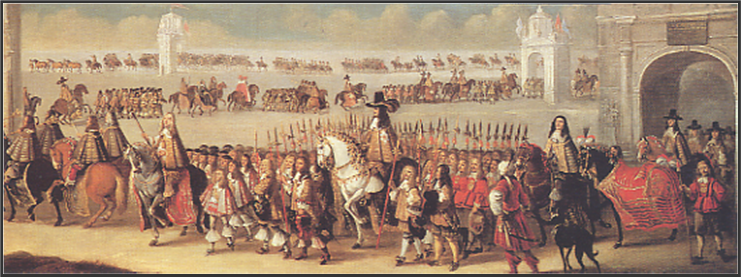
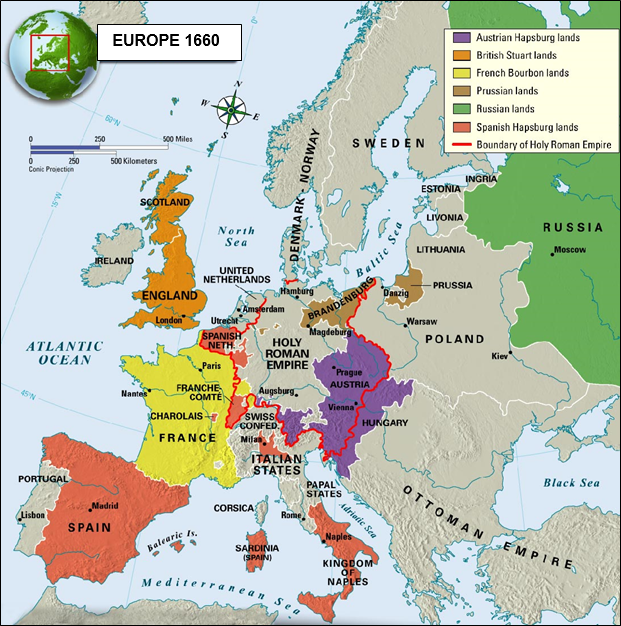
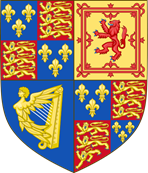






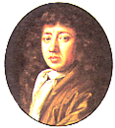

 The
Ottoman Turks attack Austria and gain Transylvania. Later
(1672) they take land from Poland, but in
The
Ottoman Turks attack Austria and gain Transylvania. Later
(1672) they take land from Poland, but in 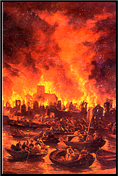 The
The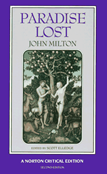 One
of the greatest of English poets,
One
of the greatest of English poets, 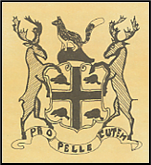 The
British
The
British 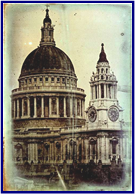 The
Ottoman Turks, having attacked Austria ten years earlier and
gained Transylvania, are defeated by the Poles at
The
Ottoman Turks, having attacked Austria ten years earlier and
gained Transylvania, are defeated by the Poles at 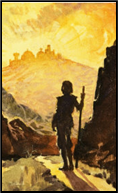

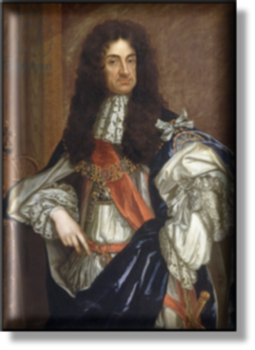 xxxxx
xxxxx Charles
II was just twelve years old at the start of the Civil War, and
during the conflict lived at his father's headquarters in Oxford.
In 1645, when the royalist cause was all but lost, he fled first
to the Scilly Isles and then to Jersey before joining his mother
in Paris. Following his father's execution in 1649, the young
Charles Stuart formed an ill-
Charles
II was just twelve years old at the start of the Civil War, and
during the conflict lived at his father's headquarters in Oxford.
In 1645, when the royalist cause was all but lost, he fled first
to the Scilly Isles and then to Jersey before joining his mother
in Paris. Following his father's execution in 1649, the young
Charles Stuart formed an ill-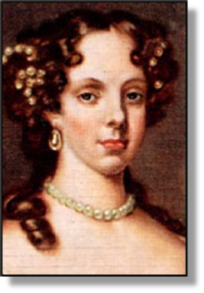
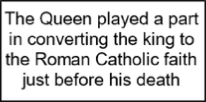 ision
of troops if this action provoked armed rebellion. But the
payments proved insufficient to keep up the war, and England made
its own separate peace with Holland to end the Third Anglo-
ision
of troops if this action provoked armed rebellion. But the
payments proved insufficient to keep up the war, and England made
its own separate peace with Holland to end the Third Anglo-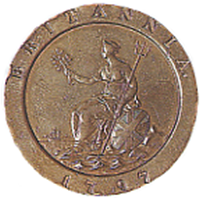 xxxxx
xxxxx